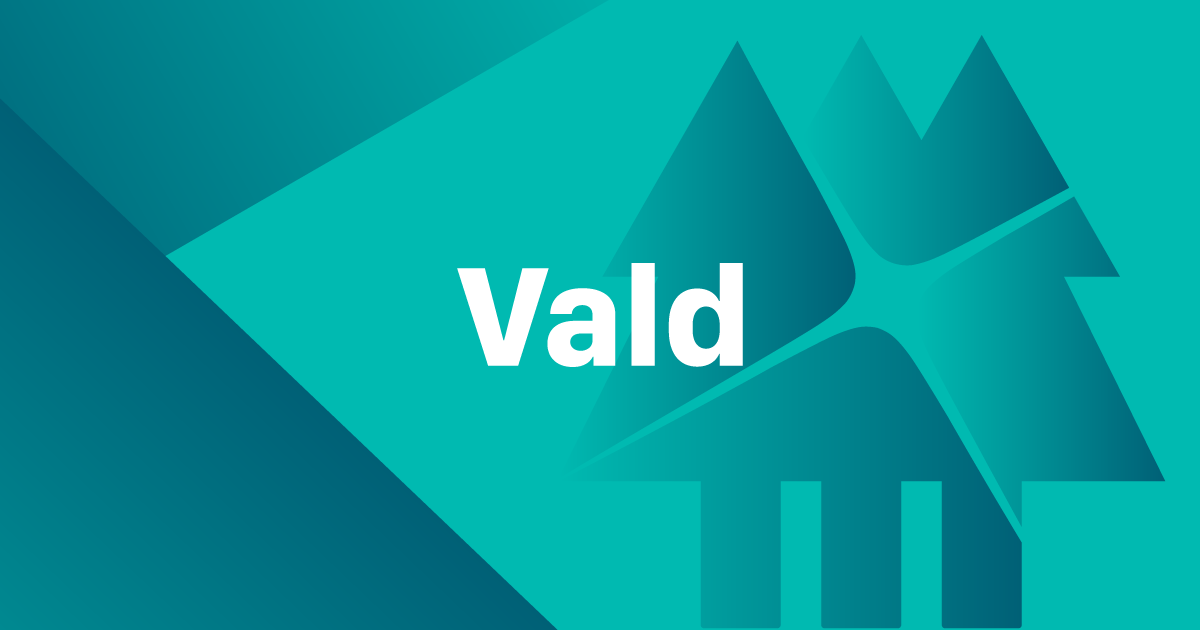The DataStax Drivers store metadata about the database cluster that they are connected to, this information can be useful in applications and tools. This example shows how to access that metadata to retrieve the cluster topology in Java.
Contributor(s): Tomasz Lelek - derived from here
Objectives
- Show how to gather a Cassandra cluster's topology and schema using driver metadata
Project Layout
- App.java - The main application file
How this Works
This samples shows how to use the Metadata class to retrieve information about:
- Cluster topology such as nodes, racks, and data centers
- Keyspaces
- Tables
Setup and Running
Prerequisites
- Java 8
- A Cassandra cluster is running and accessible through the contacts points identified by basic.contact-points (see application.conf).
Running
To build this application use the following command:
mvn clean compile
To run this application use the following command:
mvn exec:java -Dexec.mainClass="com.datastax.examples.App"
This will produce something similar to the following output:
Data Center: dc1; Host: /127.0.0.1:9042; Rack: rack1 Keyspace: system_auth; Table: role_members Keyspace: system_auth; Table: role_permissions Keyspace: system_auth; Table: roles Keyspace: system_schema; Table: aggregates Keyspace: system_schema; Table: columns Keyspace: system_schema; Table: dropped_columns Keyspace: system_schema; Table: functions Keyspace: system_schema; Table: indexes Keyspace: system_schema; Table: keyspaces Keyspace: system_schema; Table: tables Keyspace: system_schema; Table: triggers Keyspace: system_schema; Table: types Keyspace: system_schema; Table: views Keyspace: examples; Table: videos Keyspace: system_distributed; Table: parent_repair_history Keyspace: system_distributed; Table: repair_history Keyspace: system_distributed; Table: view_build_status Keyspace: system; Table: IndexInfo Keyspace: system; Table: available_ranges Keyspace: system; Table: batches Keyspace: system; Table: batchlog Keyspace: system; Table: built_views Keyspace: system; Table: compaction_history Keyspace: system; Table: hints Keyspace: system; Table: local Keyspace: system; Table: paxos Keyspace: system; Table: peer_events Keyspace: system; Table: peers Keyspace: system; Table: prepared_statements Keyspace: system; Table: range_xfers Keyspace: system; Table: size_estimates Keyspace: system; Table: sstable_activity Keyspace: system; Table: transferred_ranges Keyspace: system; Table: views_builds_in_progress Keyspace: system_traces; Table: events Keyspace: system_traces; Table: sessions


